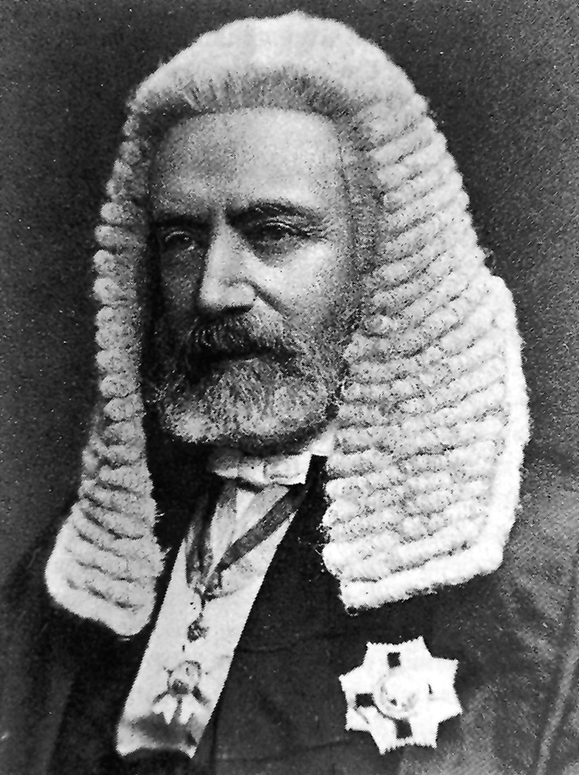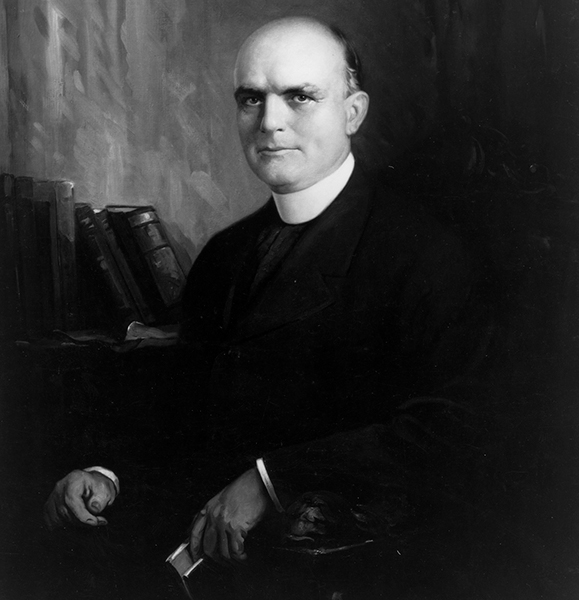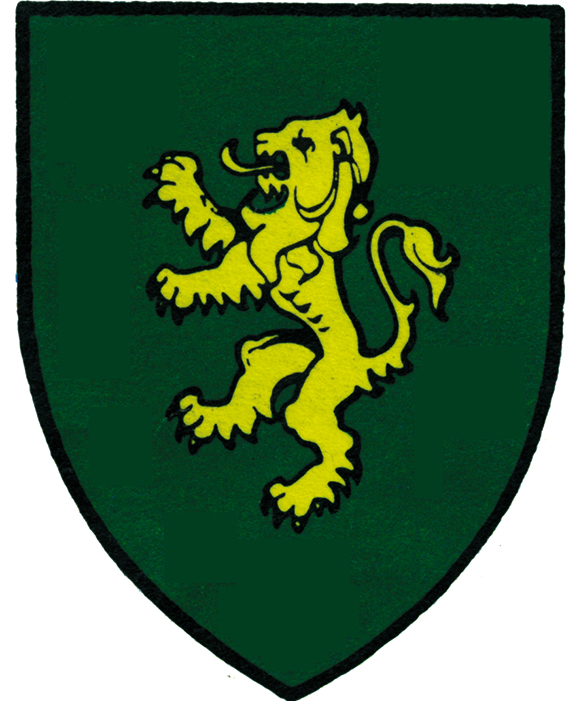The surname Duffy, the anglicized form of O’Dubhthaigh, is a personal name derived from the Gaelic word dubh, meaning black or swarthy.
While the name is widespread throughout Ireland in different forms, the original homeland of the Duffy clan was Monaghan. Duffy appears most often in the 18th century list of clergy compiled for that county in accordance with the Penal Laws.
In Donegal the Duffy name is associated with surnames Duhig, Dowey, and Doohey. The Donegal Duffys of Raphoe claimed the 7th century Saint Dubhthach as their patron.
The religious history of the Duffy name is further evident in Connacht where the name Duffy produced a remarkable number of ecclesiastics in the 12th and 13th centuries. Notable of these was Cele or Cadhla O’ Duffy, Archbishop of Tuam and King Rodetick O’Connor’s ambassador to Henry II in 1175. The Connacht Duffys were also amazing craftsmen responsible for much of the beautiful artwork gracing many Irish monasteries and churches including the famous Cross of Cong.
The Duffys have not only excelled in religion but in politics as well. Among these were the leading Fenian of Connacht, Edward Duffy (1840-1868) who died in an English prison, and Eoin O’ Duffy (1892-1944), a general in the Irish Independent movement and later Commissioner of the Garda in 1922. Dismissed in 1933 by de Valera, he became leader of the Army of Comrades Association, which gradually became known as the Blueshirts, a political force that supported the Fascist movement in Europe.
O’Duffy then became President of the new Fine Gael party, forming other groups that were banned because they were pro-Fascist. He resigned in 1934 and in 1936 organized the Irish Brigade to fight with Franco in the Spanish Civil War.

Charles Gavan Duffy 
Reverend Francis Duffy
Another politically active Duffy was journalist Charles Gavan Duffy (18161903), a self-educated man who went on to receive a legal degree, and found the newspaper The Nation, which became the voice of the young rebel movement. In 1848, Duffy was arrested and the paper was closed down, only to be revived one year later upon Duffy’s release. In 1852 he was named Member of Parliament for New Ross but became disillusioned with Irish politics and left for Australia in 1855 where, ironically, he became Prime Minister of Victoria and was knighted by the Queen.
His son, George Gavan Duffy (1882-1951), was one of the members of Sinn Féin to sign the AngloIrish Treaty in 1921. He went on to serve as Minister for Foreign Affairs in the first independent Irish government. His sister Louise Gavan Duffy (1884-1969) founded Scoil Bridhe, an Irish language school for girls.
Duffys on this side of the Atlantic showed the same unwavering dedication to their ideals on the battlefield; 78 were listed in the American Revolutionary Army.
World War I saw the courage of the Reverend Francis Patrick Duffy. Duffy moved from his native Canada to New York when he was 22 to teach at St. Francis Xavier College, where he received his call to join the seminary and was ordained in 1896. Besides teaching psychology and logic he was also founding editor of the New York Review. But Duffy is most remembered for his bravery as the chaplain for the “Fighting 69th” in World War I. At the age of 46, Duffy stood with his men through 180 days of combat, offering comfort, hearing last confessions, collecting the metal name tags of the fallen, and burying the dead. For his heroism, Duffy was offered the Medal of Honor, but humbly declined. As pastor of Holy Cross in Times Square, Duffy became involved in educational issues. Living in the heart of the theater district, he befriended such luminaries as Spencer Tracy, John Barrymore and George M. Cohan. When he died in 1932, 20,000 people came to pay their respects. Five years later New York honored his memory by erecting his statue in the Broadway and 43rd Street square named for him.
The Duffy name is still earning regards. This year’s Top 100 list honors both Karen Duffy, model and women’s health advocate, and Lt. Brian Duffy, astronaut. ♦

